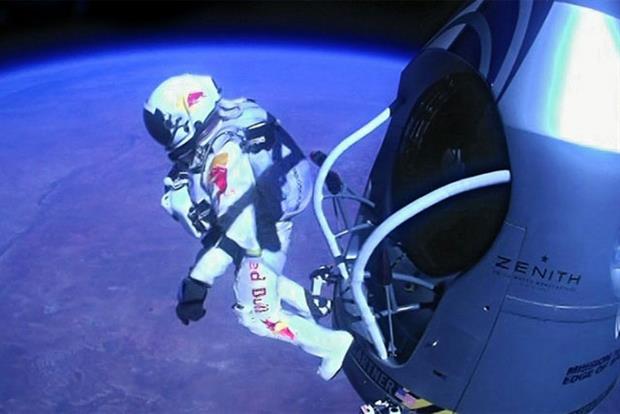
The seismic shift in the media landscape has levelled out the playing field between brands, online publishers and entertainment companies. But how do brands move away from being the underdog toward becoming the favorite, asks Adam Lotz, head of engagement planning, JWT London
"We have become the sentinels of our own content and our
expectations are continually on the rise"
The truth is that we, as consumers, haven’t changed, the environment in which we operate has. We consume products to fulfill our needs and the same can be said for digital ones. Give us an entertaining video to watch or a helpful app to use and we will be as happy as Glastonbury.
The explosion of the internet and the liberation of mass media have given us the freedom to choose what we want to watch and engage with: YouTube, Netflix, Vice, Facebook, Twitter, App stores and Devour… We have become the sentinels of our own content and our expectations are continually on the rise.
The problem is that brands are forced to compete with traditional publishers to gain their audience’s attention and most have failed. Sure Nike, Red Bull, Go Pro, Old Spice, Chipotle and a few others have got their content marketing mix right but it’s a drop in the ocean when we look at the billions of dollars invested each year.
I don’t believe it is a lack of talent or skills that are the problem but rather the presence of the marketing campaign as an operating model.
The industry is still very much built around delivering campaigns according to a set formula, awareness and direct response, that doesn’t fit with the digital behaviour of consumers – "let’s do ATL with supporting digital and social".
When things fall apart
It’s not the TV Ads that are the problem; consumers still enjoy that warm and fuzzy moment on the sofa. It is when brands try to translate a TV spot into a digital or social destination that things really fall apart.
For brands to do well in the digital space they need to be just as good as their competitors, i.e. create an entertaining video that is just as good as Vice or an app that gives Candy Crush a run for its money.
I believe this isn’t happening due to two structural issues. Firstly, brand-side marketing managers have specific targets to hit and therefore a fair amount of pressure exists to push brand and product messaging across high traffic touch points, namely digital and social.
The second issue lies in the client-agency campaign budgeting model. Each year agencies sits with their clients to work out budgets and resourcing for the year ahead. It is very much structured around the awareness and direct response communications model but it doesn’t allow for a useful or entertaining content-based approach.
For a proper content program to run its course more flexibility is required across resource investment and management, as agencies are required to implement more agile, less communication-based operating processes.
To start shifting the client-agency operating model toward meaningful content programs, I believe agencies need to provide ideas on how to restructure the budgeting and resourcing models and be proactive in delivering content-based strategies and proposals.
No comments:
Post a Comment